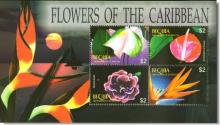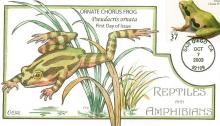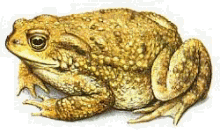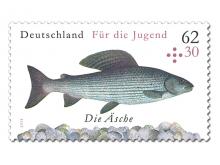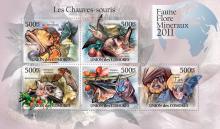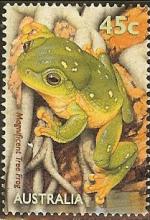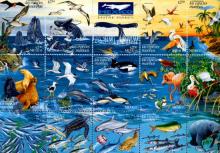Save Caribbean Wildlife
- Read more about Save Caribbean Wildlife
- Log in to post comments
The Caribbean's island geography makes it a highly biodiverse region. It is home to approximately 6,500 plant, 150 bird, 470 reptile, 40 mammal, 170 amphibian and 65 fish species not found anywhere else in the world. The global wildlife trafficking crisis threatens many of these species, which are used, often illegally, as pets, medicine, food, jewellery, clothing, souvenirs and household decorations.

